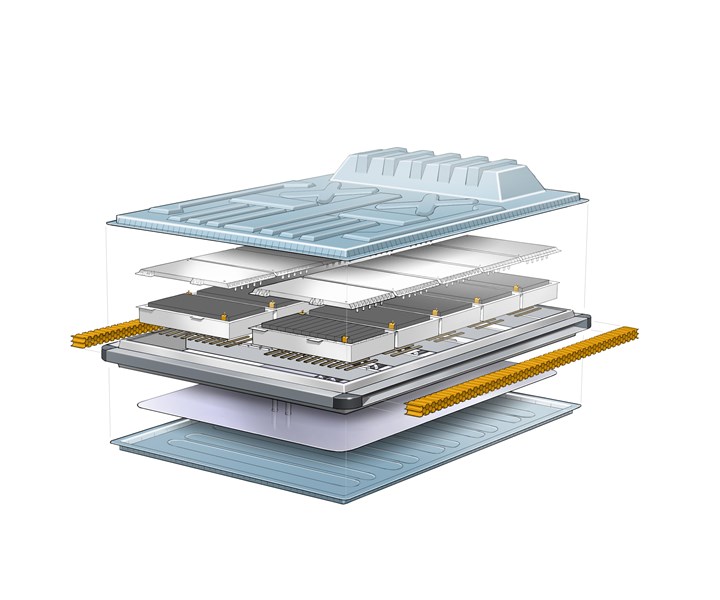Materials: Halogen-Free FR, Glass-Reinforced PP Compounds
SABIC’s latest addition to its specialty PP compounds portfolio include halogen-free, flame-retardant short- and long- glass fiber reinforced grades for a broad range of applications.
A series of halogen-free flame-retardant PP compounds offered as a low-density solution with a performance level that approaches that of some engineering plastics for applications across the automotive, electrical & electronics, building & construction, and appliances industries, is the latest addition to the portfolio of specialty PP compounds offered by Houston-based SABIC.
Included in the new SABIC FR PP Compounds family are three short glass fiber reinforced grades with 15%, 25% and 30% glass content, and two Stamax long glass fiber reinforced grades with 30% glass content. These FR-PP compounds boast a combination of processability, good mechanical and electrical properties, as well as a low-flammability rating. These compounds comply with the UL94 V0 flame resistance standard at 1.5 mm up to 3.0 mm, and reportedly achieve a glow wire ignition temperature (GWIT) of over 800°C at a thickness of 0.8mm. Their Comparative Tracking Index (CTI), a measure of the electrical safety of insulating parts, is 600V--the highest rating given.

The SABIC FR PP halogen-free compounds complement SABIC’s flame-retardant PS, ABS and PBT compounds, and can potentially replace nylons 6 and 66. They have been shown to offer better hydrolysis resistance than nylons, which can translate to higher dimensional stability, and reportedly offer better chemical resistance than amorphous polymers, as well as a higher CTI.
In the automotive sector, these new FR PP compounds can be used in a variety of applications, especially electric vehicle components such as housings and end caps for batteries, structural parts, and EV charging systems. In the case of a 48-volt battery pack for a mild hybrid electric vehicle (mHEV), these compounds are suitable for the enclosure, thermal system and air ducts, which can then allow for a more compact and lightweight design. For larger EV battery systems, such as those found in a battery electric vehicle (BEV), these compounds can be used for battery components such as the enclosure, modules, and other structural parts and can potentially contribute up to 10% in weight savings on a component basis while increasing energy density by up to 15%.
Related Content
-
Impacts of Auto’s Switch to Sustainability
Of all the trends you can see at NPE2024, this one is BIG. Not only is the auto industry transitioning to electrification but there are concerted efforts to modify the materials used, especially polymers, for interior applications.
-
Design Optimization Software Finds Weight-Saving Solutions Outside the Traditional Realm
Resin supplier Celanese turned to startup Rafinex and its Möbius software to optimize the design for an engine bracket, ultimately reducing weight by 25% while maintaining mechanical performance and function.
-
Carbon Fiber Reinforced Nylon 12 for Injection Molding
CRP Technology’s new composite is 100% recycled from Windform XT 2.0 IMG industrial 3D printing material.






